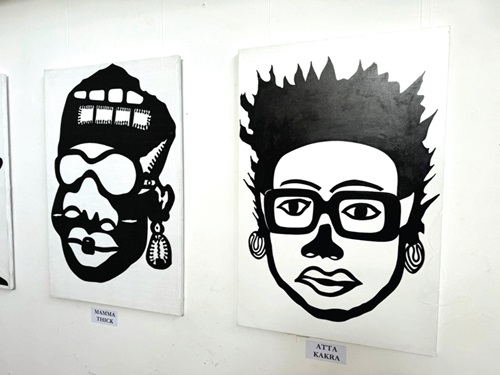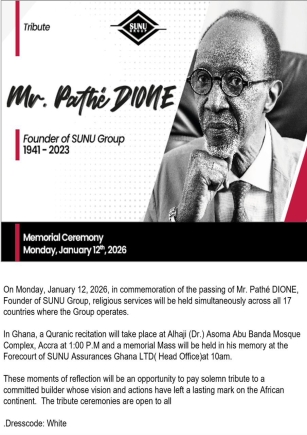
Ahuofe Exhibition still pulling crowd
Places which offer performing arts, museums and galleries are more important to many travellers than places that do not.
This reality goes the same way for music festivals, traditional ceremonies and traditional handicraft villages. The arts motivate people to travel, enhance social pride and contribute significantly to a country's economy.
Having said that, let me add that it is crucial to recognise the important role that the government plays in the healthy development of the arts in the community. However, when private individuals and institutions single-handedly take up the business of art and the arts, they are taking it to a real heroic level.
That is why this column is always touched by individuals, and cultural institutions such as art houses whose activities and processes link up culture and tourism and highlight what is unique about our communities.
The link between art and tourism creates the vibe of a city and that attracts people. Diverse cultural organisations and attractions such as museums, art galleries and festivals are the fabric of any community.
And not just for the residents, but also for tourists who contribute immensely to the community’s economic well-being. The tourism industry promotes a city’s artistic events because those events are what attract people to the city.
That is why the Ahuofe Exhibition by Prof. Joseph Oduro-Frimpong of Ashesi University is causing waves by attracting patrons both locally and from abroad. When it was launched earlier this month at the Goethe-Institut in Accra, the art exhibition drew a very large crowd and has continued to attract rave attention among art critics and lovers.
What transpires when we immerse ourselves in contemporary traditions and cultural practices of African and African diasporan art? How can these sources of imaginative energies fuel our artistic ambitions? Why does life imitate art? These are some of the questions that have underpinned the art showcase.
Joseph Oduro-Frimpong is a cultural/media anthropologist. He is a curator and collector of African popular culture memorabilia. For his maiden solo exhibition, Prof Frimpong’s art succeeds in stimulating both street and intellectual imagination by exploring subjective and varied beauty aesthetics realised through a black monochromatic style.
According to John Owoo, art writer and Programme Staff at Goethe-Institut, Ahuofe Exhibition has drawn the largest crowd for an event at their venue in recent years. "The art pieces are catchy and provocative. They inspire and reflect everyday encounters while paying homage to tradition and pop culture”, Owoo said.
Across about 16 large monochrome artworks, one can glean as much from the motifs of African masks, as one could from Ghana’s side streets. The artist, who prefers to be known as Frimpong, said the uniqueness of this exhibition lies in the fact that the works draw inspiration from the unapologetically confident motifs of African masks and the irreverent styles of Ghanaian roadside art.
Frimpong’s works specifically draw inspiration from diverse sources such as barbershop signs, popular fashion trends, Igbo Insibidi visual sign language, Congolese Mangbetu head alteration practices (and metal design works), as well as the lip disc modification practice associated with the Mursi/Mun ethnic group of Ethiopia.
‘’I believe that there is so much inspiration to draw from African and African diasporan cultural art practices to fuel one’s artistic imagination and practice.” By exploring and drawing encouragement from these diverse artistic traditions, Frimpong aims to initiate invigorating discussions and encourage positive re/evaluations around cultural practices.
Commenting on his motivation for the exhibition, the artist cites the official launching of his art career. He is also forcefully making the case that past and present African and African diasporan art are excellent imaginative resources.
Frimpong, who is also the founder of the Centre for African Popular Culture at Ashesi University, has set his eyes on his next solo exhibition which is motivated by past African masks currently stored in private and public European museums.
“Another key initiative is to begin to make my art as accessible as possible to ordinary people as possible,” he said.

